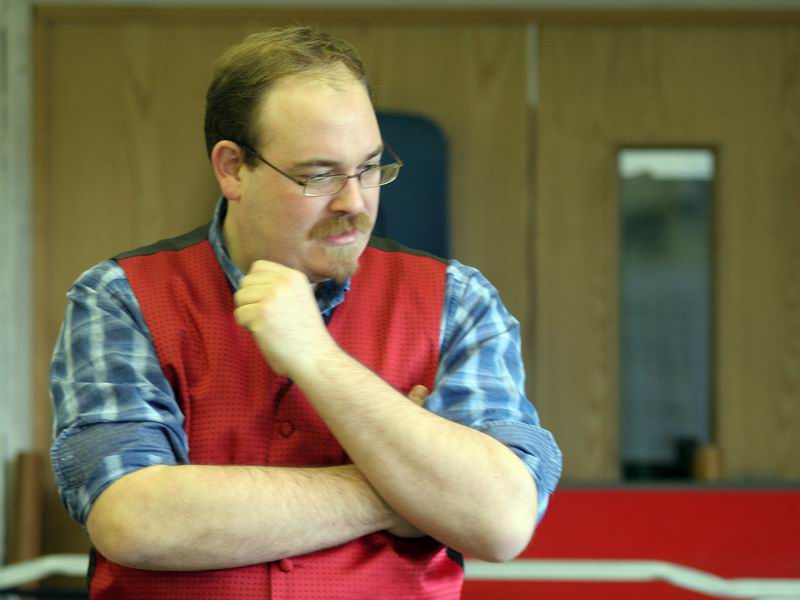HusR3 ‘Erzherzog Ferdinand Carl d’Este’

Like HusR10 ‘Stipiscz’ in IV Kolonne, HusR3 was a pretty standard regiment of Hussars and is a typical product of the Habsburg army. Although the material was excellent, and the horseflesh itself did not suffer as much over time as that of the heavies, the Austrian cavalry suffered from two principal defects: poor leadership and issues of co-ordination. The senior ranks of cavalry regiments were often filled by socially senior people but these were not usually the most adept or capable. Like other Habsburg regiments, if you want experienced officers you need to look to the Majors, rather than Lt Colonels, Rittmeister or Colonels. Hussar regiments were, and still are, fashionable, and offered considerable scope for small acts of bravery in the ‘Kleiner Krieg’ that was their forte, and in this respect their activities as scouts, conducting ambushes and undertaking raids was always a key element in the Hussar’s makeup.
The Inhaber, Erzherzog Ferdinand D’Este, was not considered a particularly nice person. Quarrie describes him as a ‘brutal and vulgar bully’, and his military talents seem rather minimal. Still, it is quite unfair to be that judgemental due to his performance in 1805, where he was pretty much a figurehead commander and his breakout from Ulm seems to have stemmed from exasperation with Mack’s apparent listlessness. His activity on 1809 is hardly open to too great a critique either. His invasion of Poland with VII Korps went ok, and he did pretty much what was expected of him, defeating the Poles at Raszyn. Again, the peripheral attacks of the Austrians went right, but the main theatre went wrong, and that was where the war was due to be won. D’Este himself was, of course, landless. The D’Este family had been denuded of all their Italian possessions (in his case Modena) so he was kicking his heels in Vienna like lots of his cousins and looking for a role. He does not seem to have held an active command in 1813-14, that war being the preserve of professional generals, not scions of the Imperial house.

ChlR6 ‘Rosenberg-Orsini’
The 6th Chevaulegers were originally a Dragoon regiment, then became a Light Dragoon Regiment and, finally, Chevauleger. The whole Chevauleger concept grew out of trying to create a ‘German’ light cavalry arm. Something a little more disciplined than the Hussars was certainly a good idea in the mid-18th Century and the arm became the favoured branch of Joseph II, who is often pictured wearing the green coat of the Chevauleger. Oddly many of the units grew gradually from Cuirassier regiments, who during the late 18th century often had a ‘Division’ of Chevauleger as part of the regiment. Others were converted towards the end of the SYW or later from Dragoons: DR1, DR7, DR13, DR19 and DR31 were all converted in this way. The only regiment started as chevauleger was ChlR18, which in itself grew out of DR31 before it, too, was converted to chevauleger.

Carneville Freicorps
Although I had done a previous post on Carneville’s Freicorps when I had painted up the infantry, here is a pic that includes a couple of Hussars and the man himself; Simon Graf Carneville. I had puzzled over what on earth this unit could be used for at 1:50 other than looking pretty. Tom Burke, playing Rosenberg, puzzled over this too. In the end I settled on the notion of ‘supports’. The charm for this unit about ‘Art of Command’ rules is that any unit of any size can be counted as a support. What is unarguable is that they turned out well and look pretty...

















